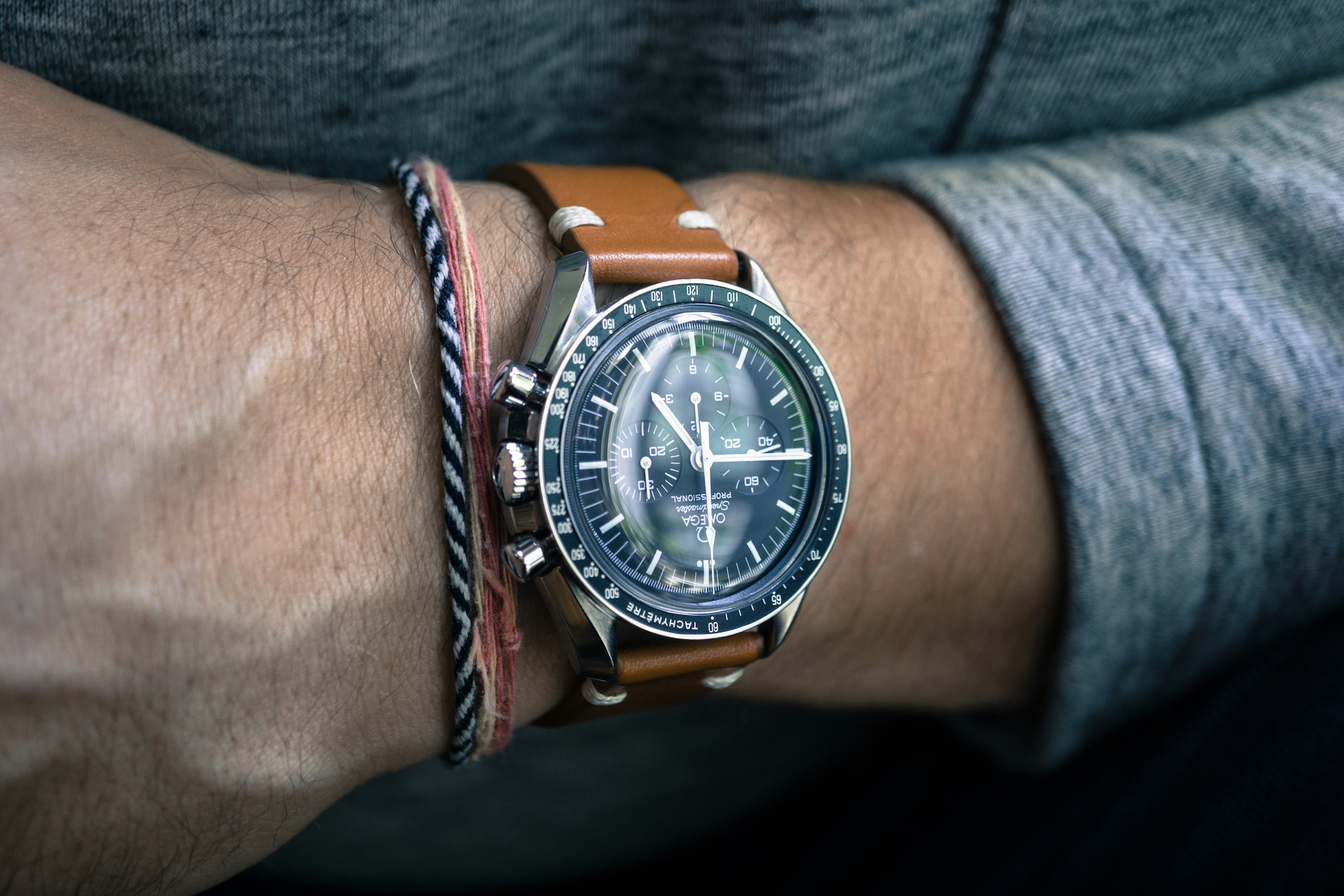The Omega Legacy: A History of Precision and Exploration
The story of Omega is a testament to relentless innovation and a pioneering spirit that has taken its timepieces to the most extreme environments imaginable. Founded in 1848 by Louis Brandt in La Chaux-de-Fonds, Switzerland, the company initially produced precision pocket watches. However, it was in 1894 that a revolutionary moment occurred with the introduction of the “Omega Calibre” – a groundbreaking movement with interchangeable parts that streamlined production and set new standards for accuracy. This innovation was so significant that the company adopted “Omega” as its name in 1903, symbolizing ultimate accomplishment.
Omega’s reputation for precision quickly grew, leading to its appointment as the official timekeeper for the Olympic Games in 1932, a role it has held more than any other brand. This partnership spurred numerous advancements in sports timing. However, Omega’s most iconic chapter began in the mid-20th century. In 1957, Omega launched its “Professional” line, including the Seamaster 300, the Railmaster, and, most famously, the Speedmaster. The Speedmaster’s destiny was forever altered when NASA famously selected it in 1965 as the official timepiece for its manned space missions after rigorous testing. This culminated in Buzz Aldrin wearing a Speedmaster on the lunar surface during the Apollo 11 mission in 1969, earning it the legendary moniker, the “Moonwatch.”
Beyond space, Omega redefined mechanical watchmaking in 1999 with the introduction of the revolutionary Co-Axial escapement, a technology designed to reduce friction and enhance long-term precision. This commitment to innovation continues today with their industry-leading anti-magnetic movements and Master Chronometer certification, solidifying Omega’s place as a titan of horology.
Iconic Collections: Finding Your Perfect Omega
Omega’s diverse collections offer a watch for every passion, each steeped in history and designed for peak performance.
- Speedmaster: The legendary “Moonwatch.” Originally designed for motorsports, its robust chronograph capabilities and enduring design led it to become the first watch worn on the moon. It’s the ultimate choice for enthusiasts of space, history, and precision timing.
- Seamaster: Omega’s iconic dive watch. Launched in 1948, the Seamaster has evolved into a vast collection, from the rugged Diver 300M (famously worn by James Bond) to the elegant Aqua Terra. It’s built for adventurers, professionals, and those who appreciate robust water resistance.
- Constellation: The epitome of elegance and precision. Introduced in 1952, the Constellation is recognized by its distinctive “claws” on the bezel and “pie-pan” dials on vintage models. It represents Omega’s commitment to chronometric excellence and sophisticated design.
- De Ville: Omega’s classic dress watch. Originally part of the Seamaster line, the De Ville became its own collection in 1967, focusing on refined aesthetics, slender profiles, and often showcasing Omega’s most advanced Co-Axial movements. It’s perfect for formal occasions and understated luxury.

Technical Excellence: What Makes an Omega Tick
Omega’s commitment to innovation is evident in its groundbreaking technical advancements, pushing the boundaries of mechanical watchmaking.
- The Co-Axial Escapement: Invented by master watchmaker George Daniels and industrialized by Omega in 1999, the Co-Axial escapement significantly reduces friction in the movement, leading to greater long-term accuracy, stability, and extended service intervals.
- Master Chronometer Certification: In collaboration with the Swiss Federal Institute of Metrology (METAS), this is one of the most stringent watch certifications in the industry, testing accuracy, resistance to magnetic fields (up to 15,000 gauss), water resistance, and overall performance.
- Anti-Magnetic Technology: Through the use of non-ferrous materials and silicon (Si14) balance springs, Omega watches are virtually impervious to the magnetic fields encountered in everyday life, ensuring consistent timekeeping.
Investment & Value: Why a Pre-Owned Omega Holds Its Value
Investing in a pre-owned Omega is a wise decision. While not all Omega models appreciate like some ultra-rare Rolexes, the brand generally offers excellent value retention. Omega’s rich heritage, iconic status, and commitment to technology contribute significantly to its enduring value. Popular models like the Speedmaster Moonwatch and various Seamaster iterations consistently command strong prices in the pre-owned market. By purchasing pre-owned, you bypass the initial depreciation, allowing you to acquire a high-quality timepiece at a more accessible price point.
The Buyer’s Checklist: How to Authenticate a Pre-Owned Omega
Authenticating a pre-owned Omega is crucial. While professional authentication is always recommended, this checklist will empower you to perform an initial inspection.
- Insist on “Box and Papers”: The original box, warranty cards, and certificates are vital. These contain the watch’s unique serial number and model information.
- Verify Serial Numbers: Every Omega has a unique serial number (typically eight digits), usually found on the movement. Ensure this number is crisp and matches any accompanying papers.
- Examine the Dial and Hands: Omega’s dials are meticulously crafted. Look for crisp printing, perfectly applied hour markers, and precise alignment. Any smudges or uneven lume are red flags.
- Inspect the Movement: If possible, examine the movement. Omega’s Co-Axial movements are beautifully finished with distinctive patterns.
- Check the Caseback Engravings: Many Omega models feature specific engravings (e.g., the Seamaster hippocampus). These should be sharp and detailed.
- Feel the Weight and Quality: Genuine Omegas are made from high-quality materials and have a substantial, well-balanced feel.
- The Crown and Pushers: The crown and any pushers should operate smoothly and precisely. The Omega logo on the crown should be cleanly engraved.
- Water Resistance (Professional Check): A genuine Omega dive watch should be water-resistant to its stated depth. If a seller is vague, proceed with caution.
By following this checklist and, most importantly, purchasing from a trusted and reputable dealer, you can confidently acquire a pre-owned Omega that will bring you years of enjoyment and pride.
